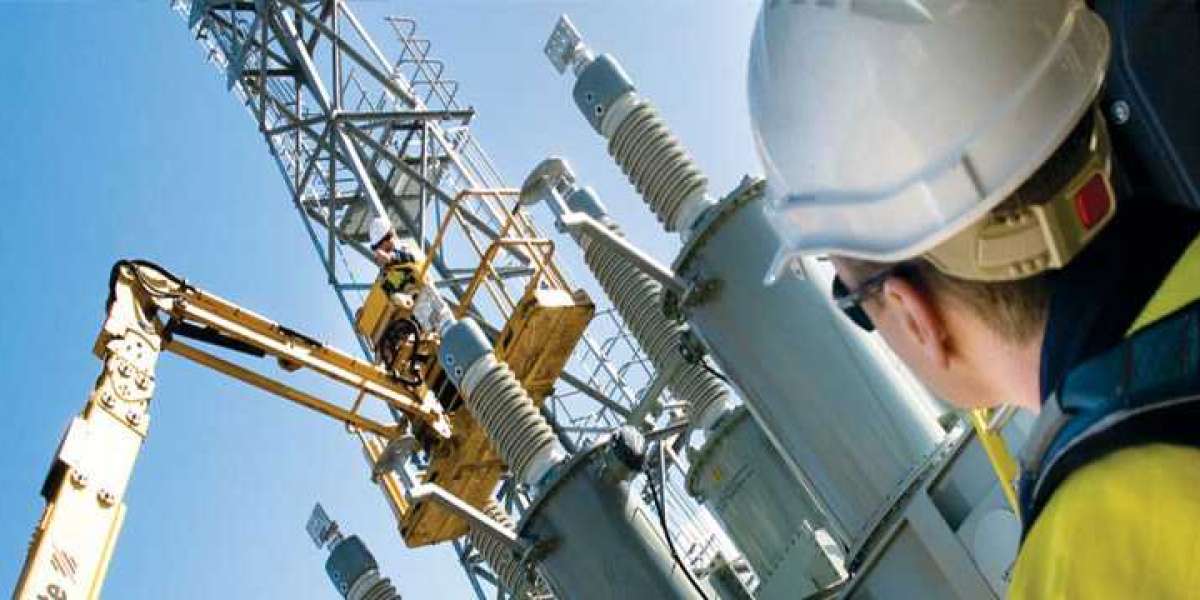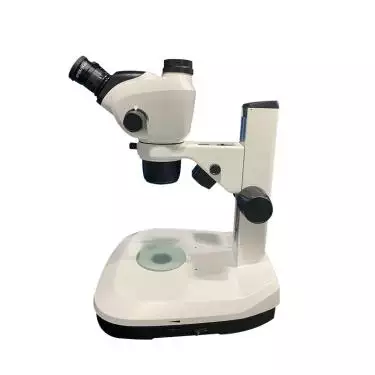In this virtual age, Food Waste Management App Development is emerging as a innovative method to deal with meals wastage. It enables customers, restaurants, and grocery stores to hold tune of, control, and redistribute surplus meals in an optimized manner. By allowing actual-time monitoring, predictive analysis, and AI-driven insights, those programs allow agencies and households to reduce down on meals wastage dramatically.
The Growing Global Crisis of Food Waste and Digital Solutions
Food waste is a global issue that witnesses almost millions of tons of edible food going into the bin each year. Restaurants and households contribute significantly to the problem due to over-purchasing, non-placement, and misplacement of products. Luckily, such digital solutions like food waste management apps are stepping in to provide practical, data-driven ways to reduce this crisis. Users parse and analyze the household food inventory and donate excess meals leveraging technology.
Step-by-Step Guide: How a Food Waste Tracking App Works
Food waste tracking apps are an applied digital tool that helps restaurants and households minimize waste. Here's how it works.
- Inventory Management: Users can insert meals items into the app through manually inputting or scanning a barcode.
- Expiration Alerts: The app pings notifications before items of food expire, thus encouraging its timely use or donation.
- Consumption Tracking: It understands usage patterns and helps you avoid unnecessary over-purchasing.
- Smart Recipes: Based on what's on hand, the app points out recipes that can help to enhance food utilization.
- Donation Redistribution: Users can connect their local food bank, shelter, or community kitchens to donate surplus food.
- Data Analytics Reports: Businesses learn of the trends of waste and align their data to drive decisions while buying the service.
Must-Have Features in a Food Waste Tracking App
For a food waste management app to be fruitful, it has to integrate essential features, which need to equally serve both restaurants and households:
- AI-Based Inventory Tracking: Automatically updates appropriate food count and expiration dates.
- Real-time Alerts Notifications: Notifies users when food needs to be eaten or donated to avoid expiration.
- Food Donation Integration: This feature lets users donate food items easily to their nearby food banks.
- Data Analytics Reporting: This includes tips on the patterns of food waste, with the side benefit of cost savings.
- Recipe Suggestions: This offers creative ways to use up near-expiration ingredients.
- Multi-user Access: Several people from the same household or staff working in restaurant establishments can make updates on stock.
- IoT Device Integration: Syncs with smart kitchen appliances for automatic tracking.
User-Friendly UX/UI Design Tips for a Food Waste Management App
A good app needs to be simplistic, engaging, and user-friendly. Here are some UX/UI tips when creating a successful app for keeping track of food waste:
- Simple Onboarding: The new users must easily implement the app.
- Clean Design: A neat interface with a font that can be easily read, supported by the relevant icons.
- A Color-Coding System: Green for food that is fresh; yellow for that which is about to expire; red for immediate use.
- Voice and Barcode Input: It helps in easing the burden on users who are short of time.
- Seamless Integration: Connects to smart refrigerators, grocery delivery services, and restaurant POS systems.
Why Restaurants Should Invest in a Food Waste Management App
Food waste involves economic loss for restaurants and environmental detriment. A food waste management app will offer a return on investments in a number of ways:
- Cost Savings: This means that the restaurant does not overstock food and the waste disposal costs are kept to a minimum.
- Sustainability Compliance: It adds a check mark toward aligning with environmentally friendly regulations and sustainability goals.
- Improved Inventory Management: More efficient tracking of food shelf life means less spoilage.
- Brand Reputation: Showcases the commitment to sustainability and attracts eco friendly consumers.
- Increased Revenue Opportunities: It lets in restaurants to redistribute extra meals via donations or reductions.
How IoT and Smart Sensors Are Enhancing Food Waste Management
The integration of IoT as well as smart sensors in food waste tracking apps is quite revolutionary in this industry. These technologies provide the following benefits:
- Real-time inventory tracking: Sensors built into refrigerators and storage areas keep track of food quality and expiration dates.
- Automated alerts: Smart sensors can notify users of temperature changes or spoilage risks.
- Optimized Supply Chain Management: Using smart devices to measure waste patterns provides actionable insights for waste reduction strategies.
- Waste Volume Analysis: IoT devices do consider allowing for real-time waste assessment to provide insight into remedial strategies.
5 Successful Food Waste Management Apps Their Impact
Many of these food waste management apps have actively contributed to reducing food wastage all across the globe. Here are the top five:
- Too Good To Go: Enables connecting restaurants with consumers for discounted surplus food.
- OLIO: A community-driven app that allows users to share excess food with neighboring communities.
- Flashfood: It helps grocery stores sell near-expiration items at a big discount to prevent waste.
- NoWaste: It helps users track their food inventory and so organize their own meal plans.
- Food Rescue US: It empowers food donors and volunteers so they may distribute surplus food to hungry members of their communities.
These apps have combined to save many millions of meals from being wasted while helping both businesses and consumers.
Conclusion
With the right tools in place, households and restaurants must be able to have their real stake proportionate to food waste reduction since it involves a serious challenge to the global good. Food Waste Management App Development does drive the app towards being a digital answer to supply tracking, rational consumption, and assisting to tap surplus food to bear witness to the needs of the day. The provision of cutting-edge features like AI-driven analytics, IoT integration, and intuitive interface lets everyone get ahead of the curve with effective food management.
A food waste tracking app provides immense benefits to restaurants through savings on operational costs, while households can rejuvenate this idea of smart inventory planning along the features of meal planning that prevent waste. The more businesses and individuals embrace these digital solutions, the greater the varied impact toward food waste reduction they will have when combined.
As innovative apps continuously enter the market, now is the perfect time for businesses and entrepreneurs to step in. Even if you are developer wanting app for sale, or a business seeking to put strategies in place for managing food waste well, these digital tools open the door to a sustainable tomorrow.







